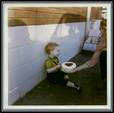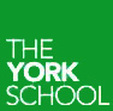A Visual Intro to Sci-Fi and Satire: Adding War with the Newts to Your High School Reading List
5/20/2014
A nice way to acquaint your students with a new text they'll be studying is to use something visual. It's especially powerful if this visual piece is done by a former student who has studied the work. We've all used video clips and the like to kickstart a unit on Shakespeare, so why not use a piece of visual brainstorming to do likewise. As we can see in the example above from Hannah, such a piece doesn't take a long time to create and it can capture some of the essential learnings and enduring understandings that are takeaways from the unit. Hannah's example deals with Karel Capek's War with the Newts, a science fiction novel written in the 1930s that satirizes the rise of Fascism, Nazism, as well as racism in America. In the story, a race of sentient newts is discovered, and through a series of circumstances paralleling the events following the end of WW1, the Newts eventually rise to a position of power. A great pre-reading strategy is to give students a piece of visual brainstorming like this and to ask them what they think the novel will be about. This can be done in combination with showing them the short video clip below. The result is that students are required to activate their prior knowledge and make predictions prior to reading, which are both excellent strategies to better ensure that they eventually grasp the enduring understandings of the unit. Try it with your students and let me know how it goes! If you enjoyed this article, you might also enjoy:
0 Comments
by Glen Downey, Comics in Education, www.comicsineducation.com Never underestimate what the visual can do in planning a major writing taskIt's easy to dismiss pictures and drawings as something that we dabbled in as children, and that now, as serious adult writers, we should get on with the business of words, words, words. This attitude presupposes, however, that words and images should not mix, and it goes back to our previous discussions about the differences and discrepancies in attitudes towards literature, visual art, and the combination of the two (i.e. visual narrative). When it comes to planning out a major assessment task, like the International Baccalaureate's Extended Essay--a piece of persuasive prose that is 4000 words long--have a look at what a student at The York School did in planning out her paper on the character of John Watson in the Sherlock Holmes stories. The great thing about the visual here is not that it simply beautifies the planning process. Rather, it gives the student an opportunity to mull things over as they write, create, make connections, and attempt to articulate an approach to the essay. The next time you have students engage in a visual brainstorming activity, get them to consider what they are thinking in the moments when they are "merely" drawing. Chances are they are thinking about a wealth of different ideas and considering how to make additional connections among them. Their doodling, after all, is just the hand's way of expressing how hard at work the brain really is. by Glen Downey, Comics in Education, www.comicsineducation.com A Way to Say Thanks for Visiting Comics in Education!As a thank-you to all of the wonderful visitors to our site, Comics in Education has put together a two-page visual brainstorming of Shakespeare's writing career. This exercise in visual note-taking takes us from his crazy initial offering of something like Titus Andronicus to the maturity of plays like Winter's Tale and The Tempest. Teachers are free to make copies and distribute to students who are dealing with the challenges of knowing Shakespeare and his work better. And feel free to share with colleagues as well. Hope you enjoy the scribbles: I've attached them here both as jpegs and as a pdf file. by Glen Downey, Comics in Education, www.comicsineducation.com 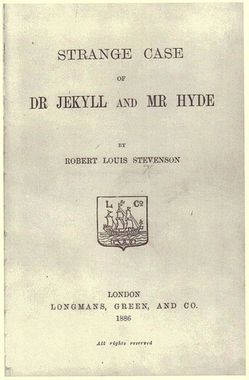 We've taken a look so far at a number of examples of how visual narrative can be adapted to brainstorming and note-taking in order to allow us to take the non-linear ideas in our head and put them down in a way that makes sense to us. A neat application of this is when we are researching, note-taking, and brainstorming in the area of literary onomastics: the study of names and naming in literature. An activity like visual brainstorming, especially when accompanied by a good dictionary, can produce some pretty great results. Take, for instance, one of the most fascinating novellas of the 19th-century, Robert Louis Stevenson's The Strange Case of Dr. Jekyll and Mr. Hyde. (Your students might be amused by this animated version of Stevenson's story -- from Australia -- that came out exactly 100 years after the novel). Here's what a quick visual brainstorm can help us to see in the novel with respect to the significance of the names that Stevenson uses. It doesn't appear to be happenstance that he chose "Jekyll" and "Hyde" for his central characters...er...character. Give me a dictionary and the freedom to brainstorm in this manner and it quickly becomes apparent how relevant names and naming are to Stevenson's novel. Even if some of the associations seem like a stretch, it's the freedom to make these associations in this early phase of the researching and pre-writing process that will yield results for our students later on. The problem with a graphic organizer in this instance is that it suggests to the student that there is an expectation about what they must produce. With such an expectation in mind, they can find it challenging to think outside the box. After all, in a graphic organizer we've already put the box there... by Glen Downey, Comics in Education, www.comicsineducation.com When It Comes to Plath, It's Going to Be Pretty Intense... I'm so glad that @andycarreiro suggested I tackle a poem by Plath through visual annotation. I decided to go with "Morning Song" and felt pretty pleased with the result. I'm not sure I was able to find the kinds of access points that I did with the Longfellow poem earlier, but annotating the poem in this way did yield some nice results. Being a Victorianist, Plath is not exactly in my wheelhouse, but it just goes to show that when you allow your thoughts to be rendered and transcribed in a way that's comfortable you at least end up asking some pretty decent questions of the text. I like the notion that the environs of a hospital ward are akin to those of a museum in the way we respond to them. I also think that Plath introduces certain turns of phrase that are decidedly double-edged (Margaret Atwood and Emily Dickinson would both approve in this regard, I think). Enjoy the visual brainstorming and see where you might have interpreted, responded to, or interacted differently with the poem. Plath is a complex, intense, allusive, and exceptionally challenging poet, so be forewarned! by Glen Downey, Comics in Education, www.comicsineducation.com Great Characters Often Come with Great Traditions The next time you're enjoying the antics of DC Comics' Harley Quinn, you might consider where she gets her moniker from. Indeed, the Harlequin is a figure from the Commedia dell'Arte tradition, and has a variety of characteristics that can help to explain the Joker's favourite sidekick. The Harlequin or Arlecchino was very nimble and agile, and was a comical servant who often attempted to realize his own plans and schemes even as he was supposed to be helping his master. Dressed in a brightly-coloured costume, the Arlecchino was a tricky one to pin down, and could use his quickness to take advantage of a situation. In having my class visually brainstorm characters from the medieval stage and from the Commedia dell'Arte tradition, I was pleased that Gillian chose the Harlequin. Here's what she came up with. And this, incidentally, is what you might expect the original Harlequin to look like: Gillian has packed a considerable amount of information into a short space. We learn that the Arlecchino or Harlequin had connections to the zanni in the Commmedia dell'Arte tradition on the Italian stage, that he was a comic character and an acrobat, and that he used slapstick comedy by wielding a battachio as a weapon. All of this information can, in fact, be found just in the bottom right hand corner of the page! Harley Quinn's battachio may have gotten a bit bigger and she's perhaps using it in a more lethal way than her late medieval and early renaissance ancestor, but understanding the tradition out of which she has evolved can only make readers and fans more knowledgeable about her character. by Glen Downey, Comics in Education, www.comicsineducation.com William Carlos Williams' "The Red Wheelbarrow" I'm hoping that this is the first in a series of many blog posts over the coming months that draw upon visual narrative as a source of inspiration and apply it to poetry. William Carlos Williams was writing at a time when exciting things were happening in poetry and in art, and he had contemporaries that one could only dream of having--Picasso, Wallace Stevens, T.S. Eliot, H.D., Ezra Pound, Georges Braque, and Gertrude Stein. I mean, how spoiled could the good doctor have been. The key to the poem, like the key to so many imagist poems, is to consider it like a cubist painting. The fracturing makes meaning, giving the poem a multiplicity of resonances. By the end of it you're only too ready to admit that "so much" does in fact "depend / upon / a red wheel / barrow..." The image is everything--seemingly so simple and yet so extraordinarily complicated. Students confront this poem and others like it and say "I could have written that" without really understanding that they didn't. I'm sure some of them could have painted "Les Desmoiselles D'Avignon," but who in their right mind but Picasso would have ever thought to? Comics in Education Visual Brainstorming Series: Teaching Ariel Dorfman's Death and the Maiden
4/14/2014
by Glen Downey, Comics in Education, www.comicsineducation.com 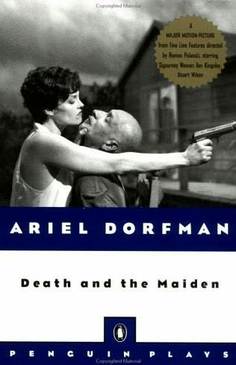 There are few plays more disturbing or more chilling than Ariel Dorfman's Death and the Maiden. The trailer to the 1994 film, shown below, can attest to this. Coming up with a good approach to teaching it is therefore no easy feat, since finding the best kinds of supporting materials takes some significant research. The other day I was thinking about the play and sat down to scribble out some useful ways of thinking about how it might be approached, with my doodling turning into a full-on visual brainstorming of the possibilities. It turns out that there are some significant supporting texts that one would be wise to study in order to fully appreciate Dorfman's play. Indeed, the motif of "Death and the Maiden" is a tradition in and of itself, one that stretches back into the middle ages at the very least. It has made its way into literature as well. I think if the doodling below shows us anything, it's that a range of very useful connections can be made by an educator in pretty short order that might ultimately lead to the development of an entire unit of study. Something I'll be working on over the next little while is a series of downloadable pdfs for teachers and students that can help them to explore key aspects of many of the most frequently studied literary texts while allowing them to see connections to other works with similar themes and ideas. Look for these downloadable pdfs in the coming weeks! Brainstorming Visual Media, Part 1
4/13/2014
by Glen Downey, Comics in Education, www.comicsineducation.com Use Provocative Media to Jumpstart Visual Brainstorming Depending on what kind of visual brainstorming or visual note-taking you'd like your students to engage in, it's good to give them a provocative piece of media to get their ideas going. As I've mentioned previously, when I introduce students to this form of note-taking, I like to show them the RSAnimations video of Sir Ken Robinson's famous TED Talk on Changing Educational Paradigms. Here, in advance of looking at how media uses language and image to construct a concept for its brand that people find attractive, I showed my students "This is a Generic Brand Video," a wonderfully subversive meta-commercial about how a lot of contemporary commercials work. After watching this video with my IB Language and Literature class, we engaged in a little visual brainstorming of a Suncor commercial that actually fit the bill of the one described by the above video. Here's what my students, Kyle and Muhammed, put together after watching the video, discussing their take on it, and engaging in some visual brainstorming: As an educator, some of the big takeaways from this are so important. Obviously Kyle and Muhammed had fruitful discussions even though they imparted to their visual note-taking and brainstorming their own unique signatures. Both addressed the disconnects between what the advertisement shows and what Suncor Energy is all about, but whereas Kyle preferred to compartmentalize things by keeping his image-and-text combinations at some distance to one another, Muhammed preferred a slightly more organic approach. He also took more liberties with the cartoonishness he imparted to his figures. Nonetheless, Muhammed seems to draw inspiration from Kyle's Suncor image while Kyle imparts Muhammed's cartoonish strokes to the sun figure. So, by way of advice, let students talk to one another about what you'd like them to focus their visual note-taking and brainstorming on. It can help them learn from one another and then immediately demonstrate this learning in their work. by Glen Downey, Comics in Education, www.comicsineducation.com We often wish we could see what our students are thinking... and we can. Today, I presented at the 2014 CITE Conference at Upper Canada College in Toronto. The participants in the two workshops were fantastic and UCC did a wonderful job hosting the event. I talked quite a bit in the afternoon session about visual brainstorming and was reminded of something important that you should share with students if you have them do this activity.
Visual brainstorming is not about drawing. It's not an exercise intended to give art students a feeling of technical superiority over their classmates. Kailey's work above is a wonderful example of visual brainstorming that might not strike you as being particularly visual. It's not big on pictures or illustrations apart from the odd arrow or word balloon. That's because Kailey has focused on a principle that I go to great lengths to explain to students, and that I've blogged about before: Visual brainstorming is not about drawing. It's about brain dumping." Look at how much is going on in her head in and around the subject of the stock character known as "the wise elder" who we see in everything from medieval drama to contemporary film. Imagine she was writing a paper about this type of character. She's practically written one already! When I was showing this to participants this afternoon I was forced to confide something that might seem rather shocking. This work was not marked. It wasn't submitted for a summative grade, and was not even formatively asessed. The student, in fact, had no expectation of having the work evaluated because it is, after all, an exercise in allowing her to get her thoughts down on paper. And look at the time and the care and the effort put into it! by Glen Downey, Comics in Education, www.comicsineducation.com A question that sometimes arises among students when I teach Othello is whether or not Iago bears more than a passing similarity to Batman's arch-nemesis, the Clown Prince of Crime--the Joker. I don't know who first came up with the idea of connecting these characters, but when my students initially mentioned it to me I found myself of two minds about it. When I'm of two minds about something I find it helps to sketch things out. So I turn to visual brainstorming to see if that helps resolve things: Let's see what you think... Well, I'm not sure that this exercise resolves the issue entirely. There are some similarities in the ways in which both characters delight in others' undoing. However, one thing that the exercise works out is that Iago may, in fact, be a kind of hybrid of Joker and Batman, preferring to operate from the shadows like the Dark Knight but dealing out death and destruction like the motiveless malignity that is at the heart of the Clown Prince. Give your students as many opportunities as possible to work through complex comparisons like the one above. Allow them free range to access their thoughts in this very visual way and it won't take long to begin paying dividends. by Glen Downey, Comics in Education, www.comicsineducation.com I can remember having a really interesting conversation with Dr. Michael Best, with whom I taught a course called Shakespeare by Individual Study at the University of Victoria. This was back in 1995 when I was still a Ph.D. student there. In discussing Hamlet prior to teaching it, Dr. Best indicated that the entire play is actually summarized in its opening line: "Who's There?" Recently I was thinking about this again and decided to do a little visual brainstorming both to remember our conversation and to work a couple of things out for myself. You'll excuse my artistic mediocrity. It explains why I write graphic novels, I suppose, and don't illustrate them. Okay, so here are my scribbles... So, not too shabby, I suppose. That first line turns out to be a doozy, though.
So it's complicated, I suppose. But the visual brainstorming allows us to make sense of it a bit. It doesn't let us write it out in a coherent, five paragraph essay, but it does let us get our scribblings down and begin to make sense of things. That's a pretty cool thing, though, I think. by Glen Downey, Comics in Education, www.comicsineducation.com Visual Brainstorming Once Again Proves Its WorthI love this recent example of visual brainstorming submitted by my student, Ben. It's the product of a short article he read about Giussepe Pinelli, an anarchist whose death was the inspiration for Dario Fo's Accidental Death of an Anarchist, which I blogged about a couple of days ago. There are so many wonderful touches here that bring together a diverse array of cultural phenomena, including comics, social media, and good old-fashioned brainstorming.
The dialogue balloon, "In order, there is chaos... In chaos, there is order. #anarchy #yoloswag," wouldn't look out of place by any stretch in the Twitterverse, but neither would his lists look out of place in a free-writing or brainstorming assignment. Somehow, the comics-inspired illustrations bring it all together, and blend historical events with Pinelli's own view of himself in an insightful visual brainstorming exercise. What blows me away, however, is the crossed-out list on the left hand side of the paper. So many times as teachers we encourage students to cross out and continue when they make a mistake rather than white something out or erase. We are very wise for telling them this! Not only is it a time saver, but teaching kids that it's okay to cross out pays dividends in a situation like this in which the crossing out becomes a rhetorical strategy that shows a deep understanding of the circumstances surrounding the play and the underlying themes of the play itself. We can't get to the bottom of the mystery about what happened to the ill-fated anarchist. The only thing we can be sure of is that he was very likely misunderstood. So, as I've been saying over the last few weeks since starting this blog...Do this exercise with your students. You'll be so glad that you did! This is what's in your student's head...
3/28/2014
by Glen Downey, Comics in Education, www.comicsineducation.com The trick, of course, is getting it to come out!For those who are yet to be convinced of the power of visual brainstorming, or who are wondering why teachers haven't all been doing this since the first time students were made to sit down in chairs and listen to grown-ups in school, I present to you this latest effort. It comes from my student, Hannah, who apparently had quite a lot to say about Dario Fo's Accidental Death of an Anarchist. I'm not really sure what to call this one. "Crazy Town" comes to mind, I think. It reminds me of the maps I poured over of Ancient Pompeii when I wrote Fire Mountain for the Rubicon/Scholastic Series Timeline.
The fact is that it allowed Hannah to express a wealth of information about the first scene of Fo's play--that's right: it's only the first scene being represented here and not the whole play. Even the British flag demonstrates an understanding of how Fo intended the play always to be set in the very moment that the play takes place. And that's just one small piece of the brainstorming. You can see at the bottom left hand corner, for instance, that an Oxford English Dictionary makes an appearance to show a definition of farce... You see. Students do still use dictionaries. Use Visual Note-Taking Strategies for Better Results!I know in the mathematics classroom that we're ever-more conscious about allowing students to find their way to the answers to problems. Gone, I hope, are the days of forcing students to take a single road along their journey through our mathematics curriculum. I was never big on taking that road myself. When asked to solve a math problem, I always wanted the solution to look cool for some reason. I think this had to do with my formative reading experiences being so tied to comics, detective fiction, adventure stories, and the manuals and gamebooks of fantasy role-playing games. I wanted the journey to be exciting! A few years back, I was teaching at a school that held a math contest for students and faculty. I found the questions really challenging, and that's with ten undergraduate math courses under my belt! I managed to win the contest (which I think my colleagues found strange given that I taught in the English department), but the way I answered the questions had something to do with it: Here were my responses, and I apologize in advance for having no longer any clue what the questions were... Q1. Killer Geometry QuestionQ2. Fractals -- It was brutalQ3. Hypocycloid Question (I nearly died)Q4. I honestly don't even remember this one...I think when we allow our students to draw their math answers, write out their frustrations about their math answers, and use visual brainstorming techniques for their math answers, we're giving them opportunities to arrive at these answers in very useful ways. If you encourage visual brainstorming or having kids use doodling in their written responses to questions, send along some examples because we'd love to feature them at Comics in Education! |
Glen DowneyDr. Glen Downey is an award-winning children's author, educator, and academic from Oakville, Ontario. He works as a children's writer for Rubicon Publishing, a reviewer for PW Comics World, an editor for the Sequart Organization, and serves as the Chair of English and Drama at The York School in Toronto. If you've found this site useful and would like to donate to Comics in Education, we'd really appreciate the support!
Archives
February 2019
|

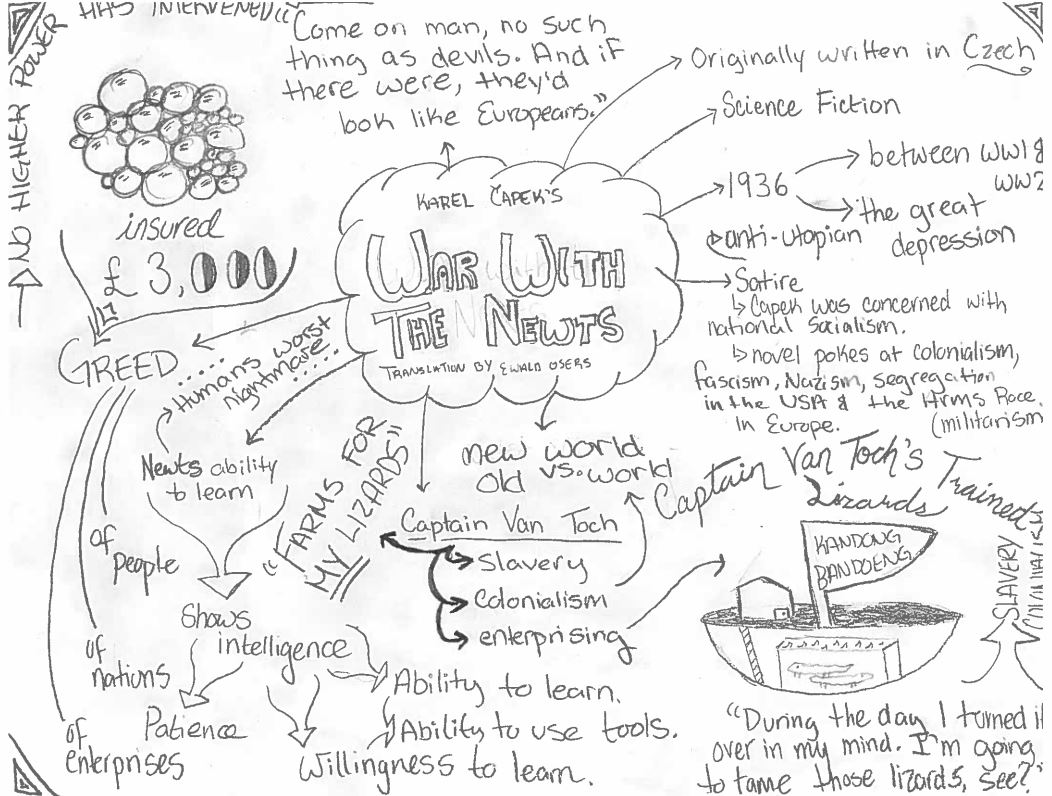
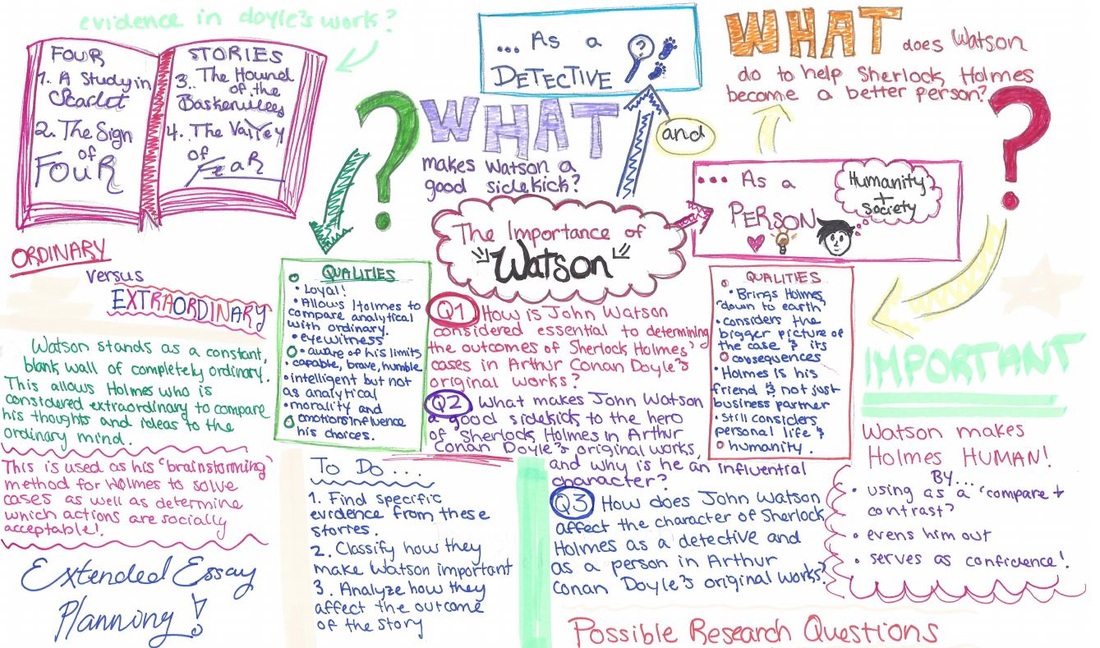
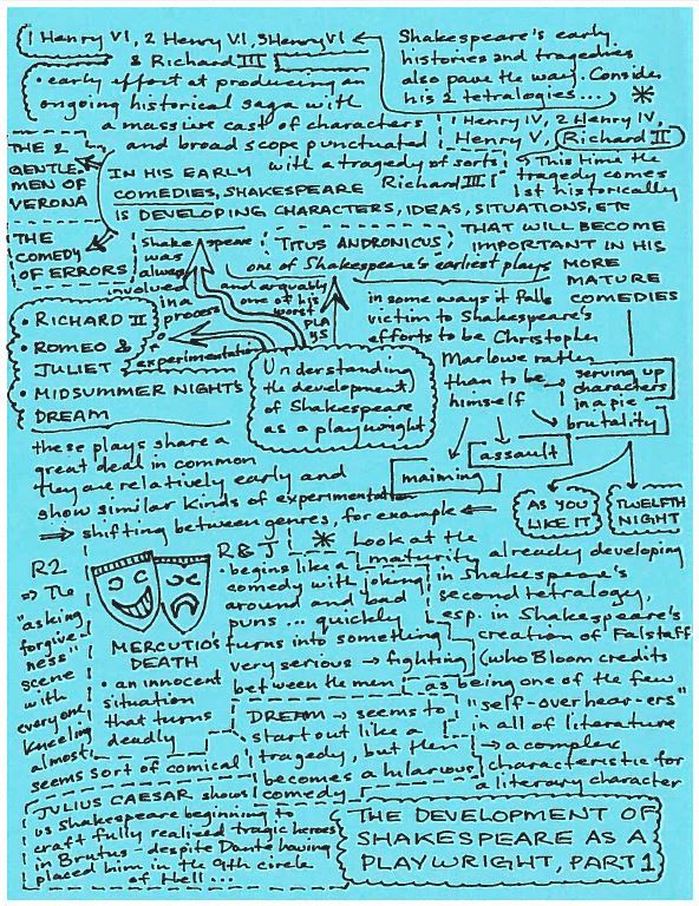
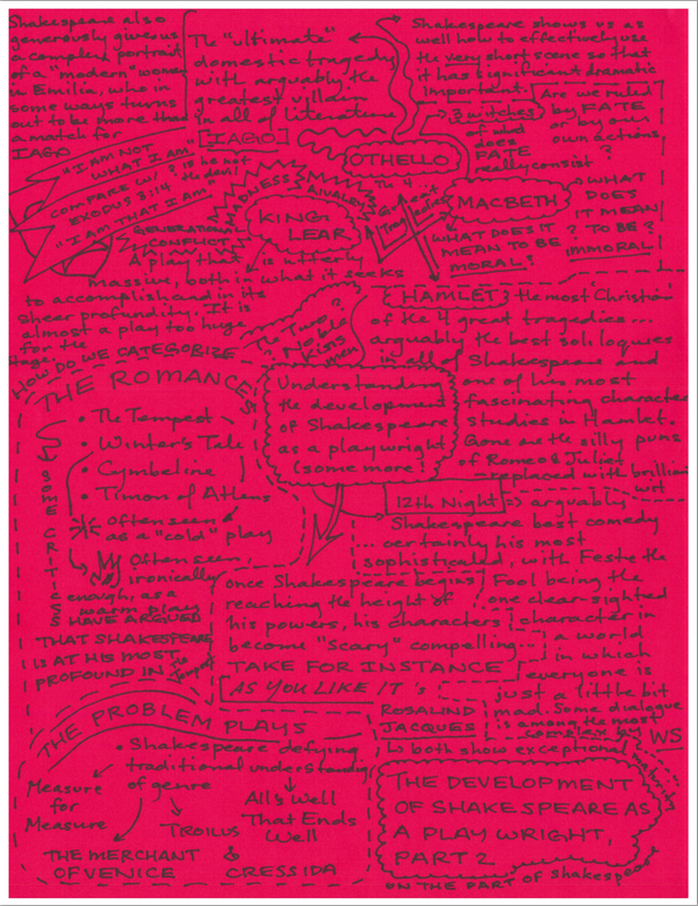
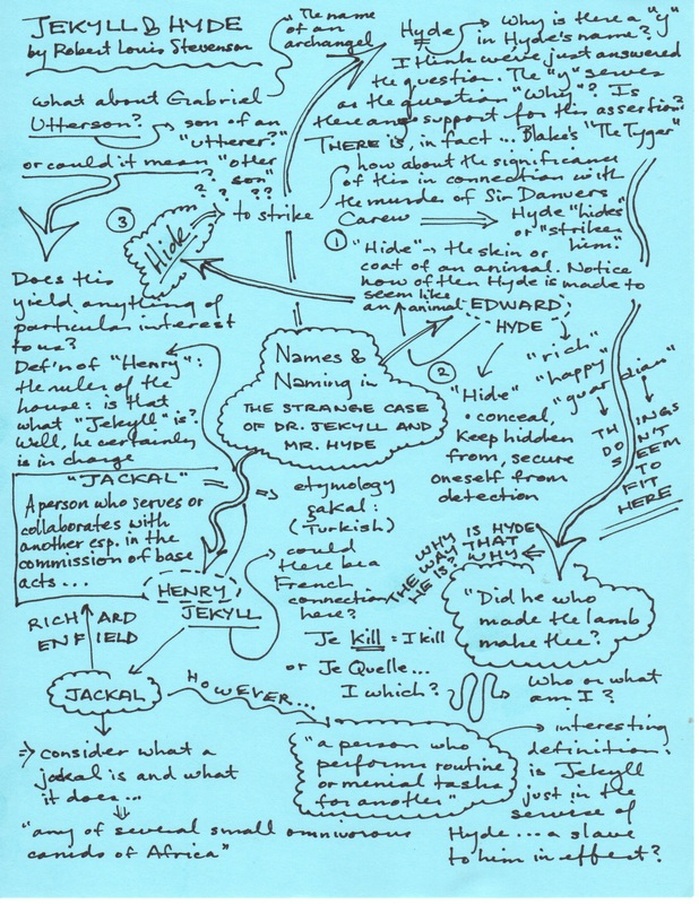
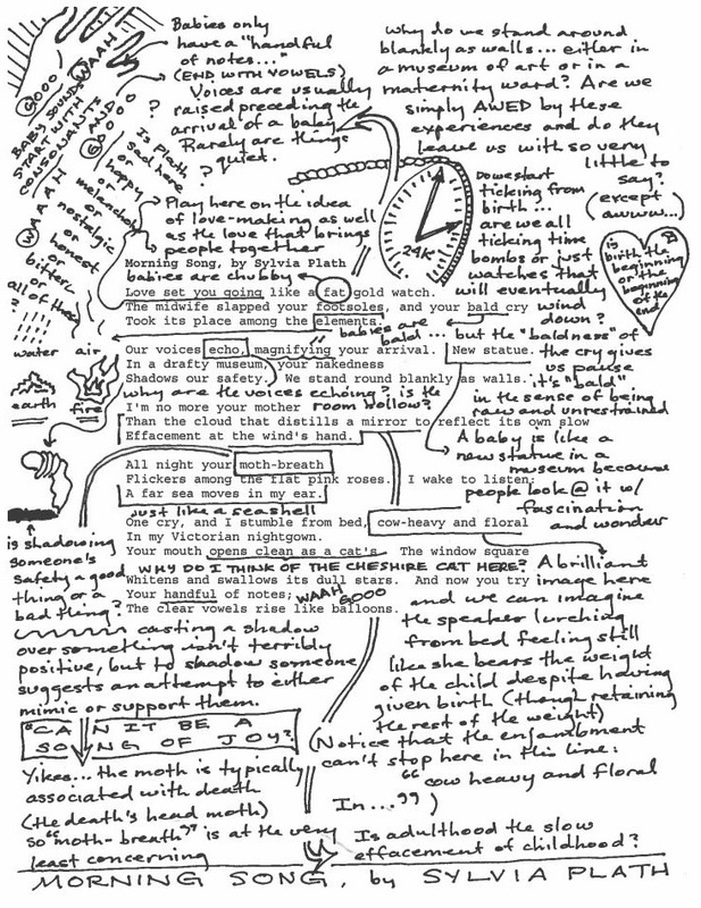
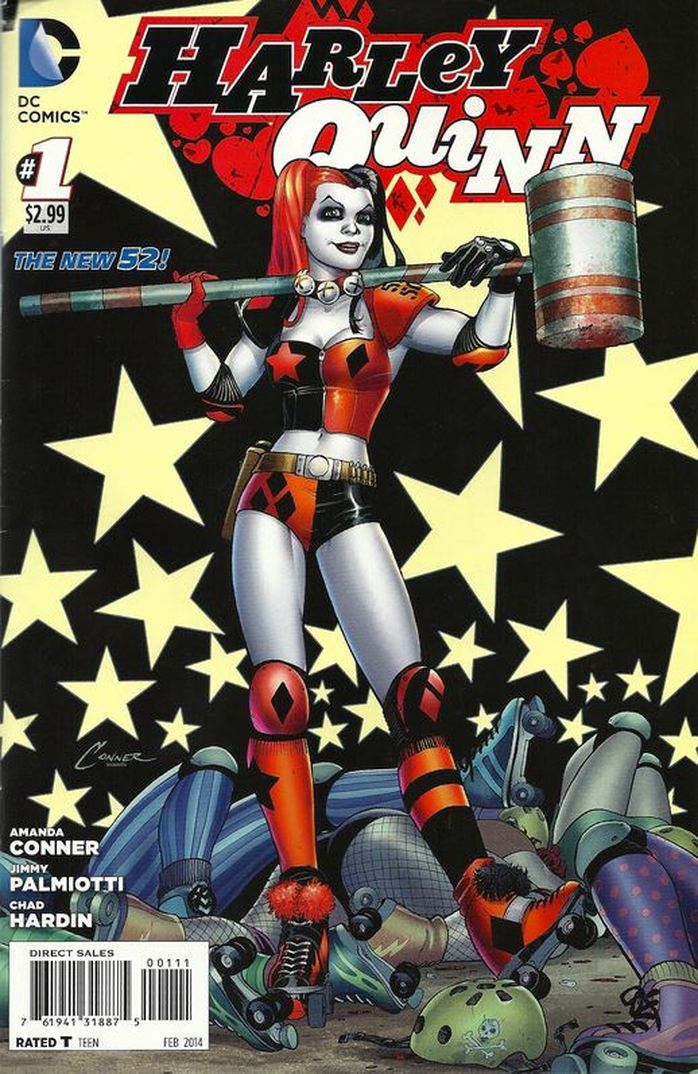
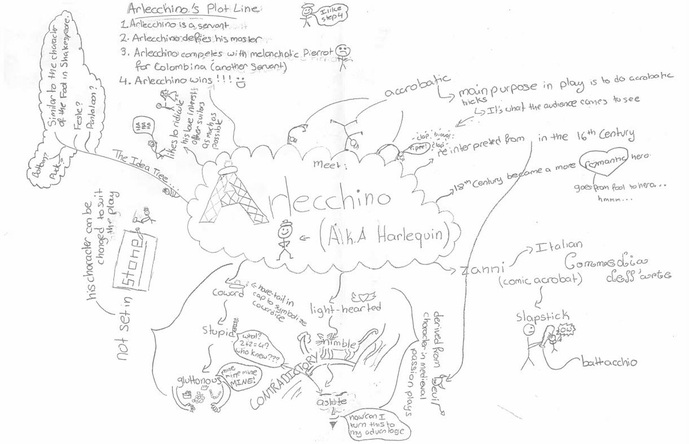
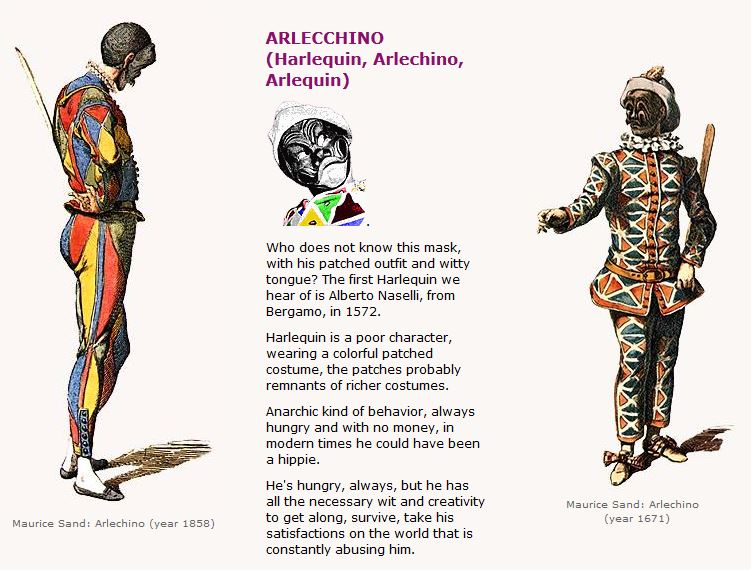
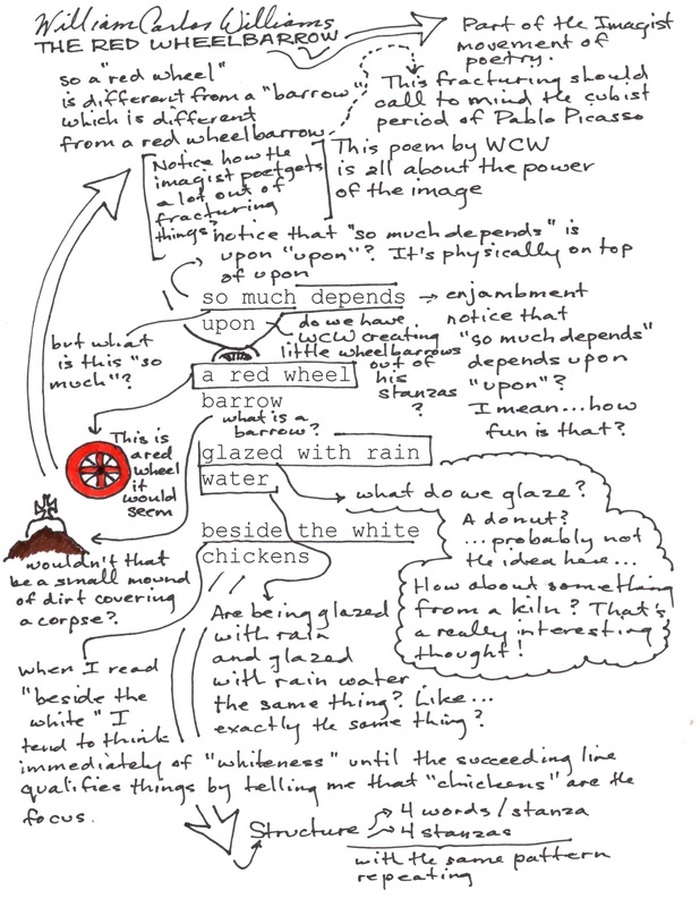
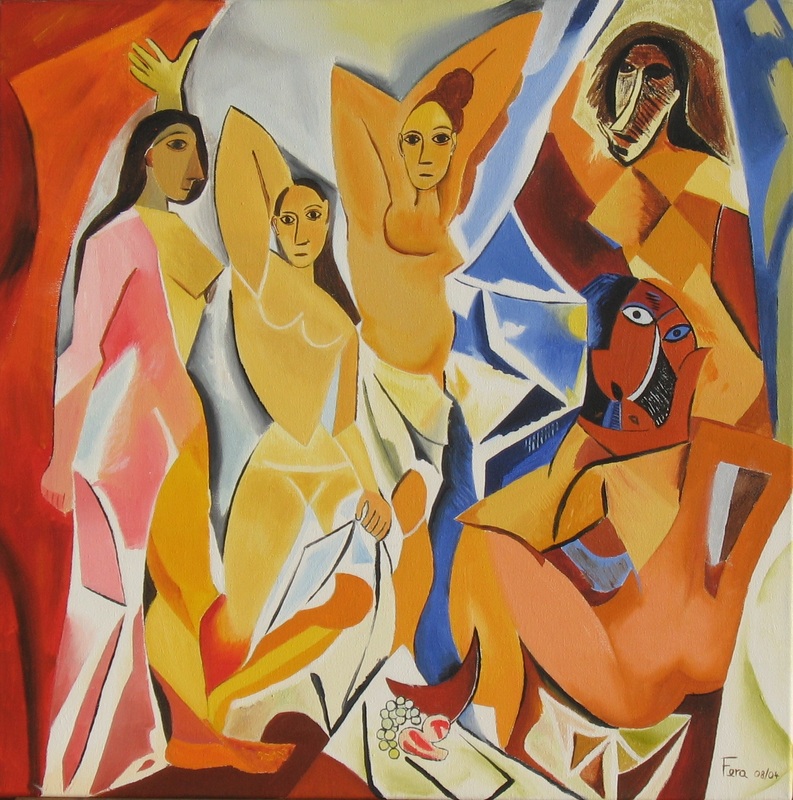
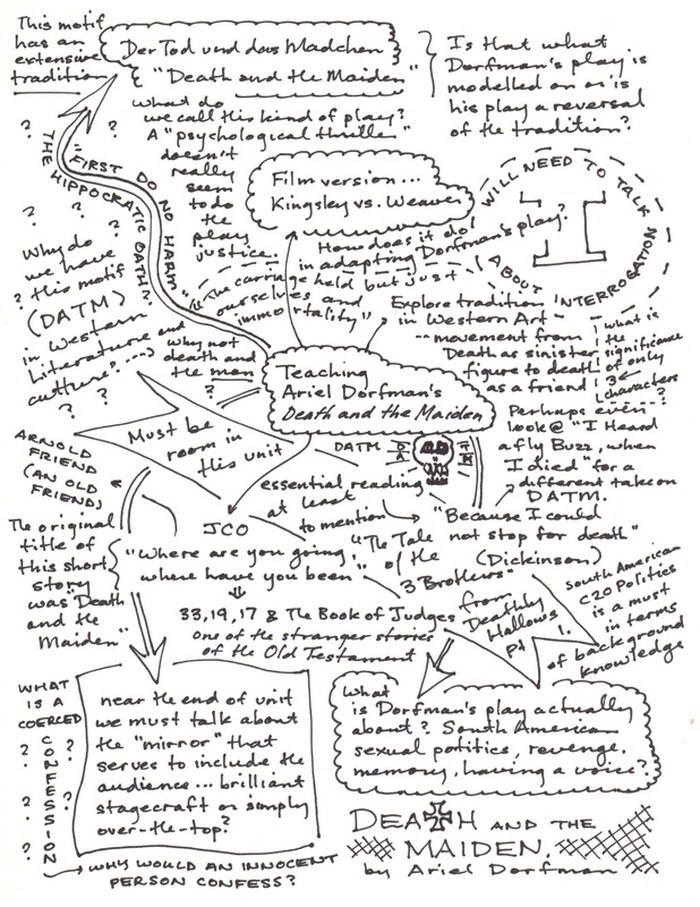
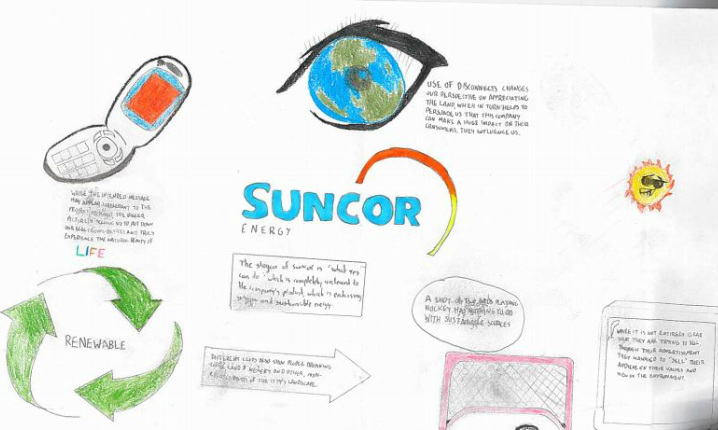
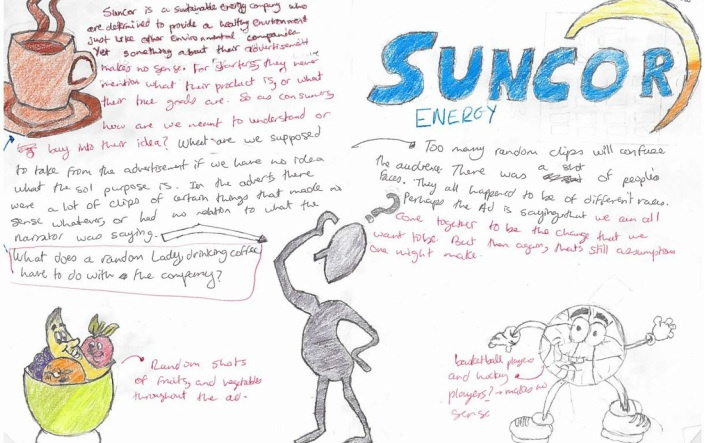
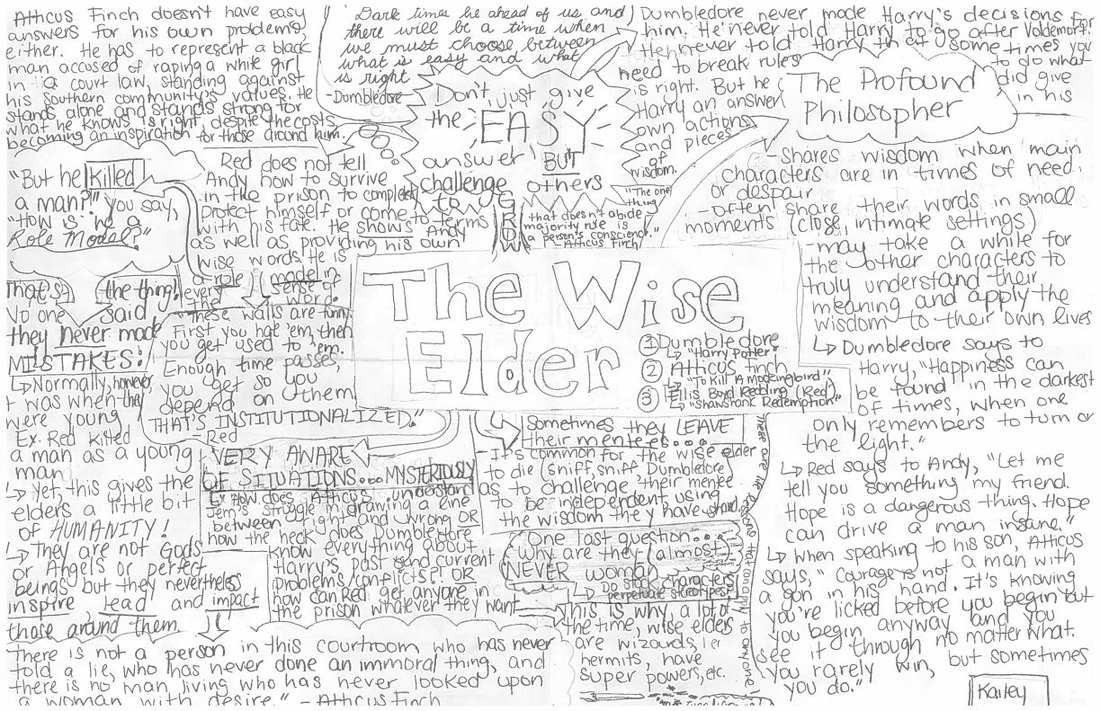
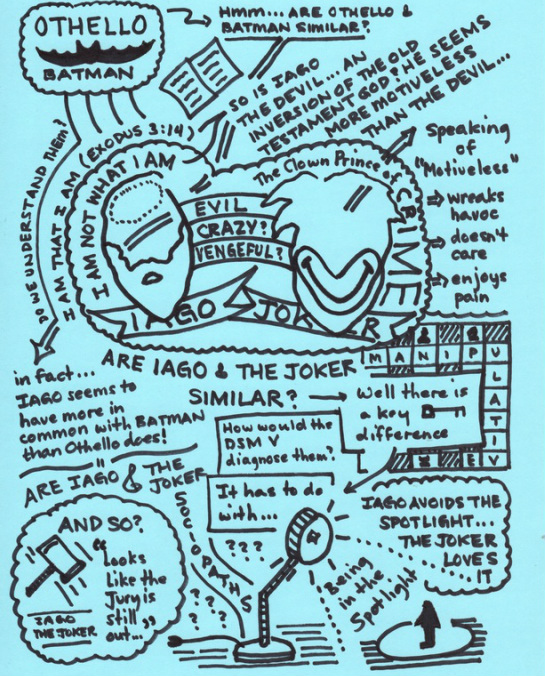
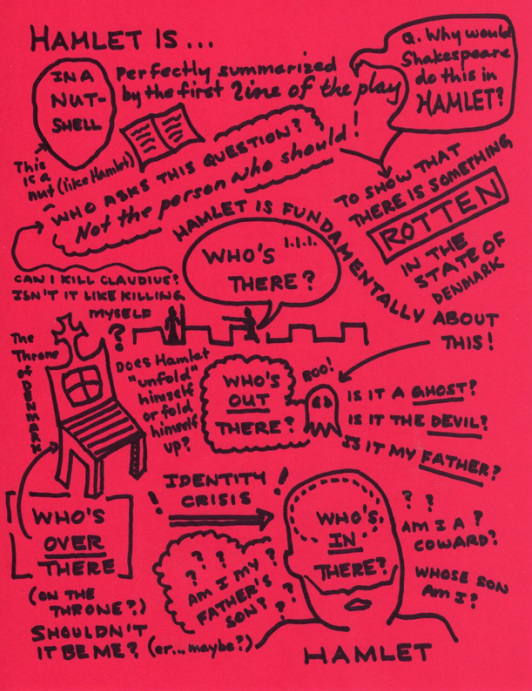
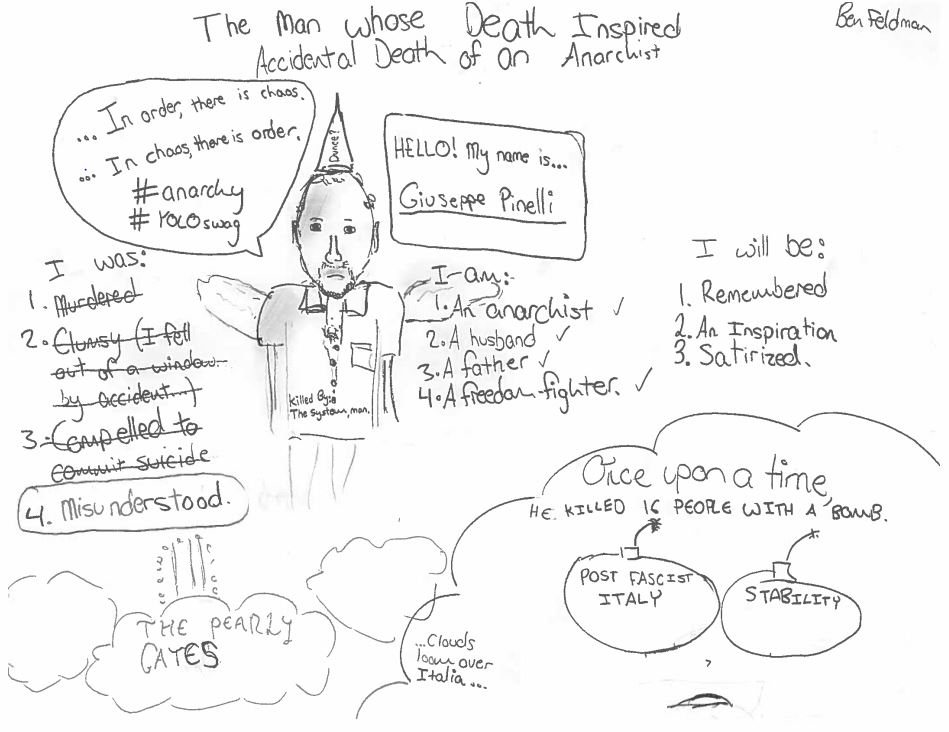
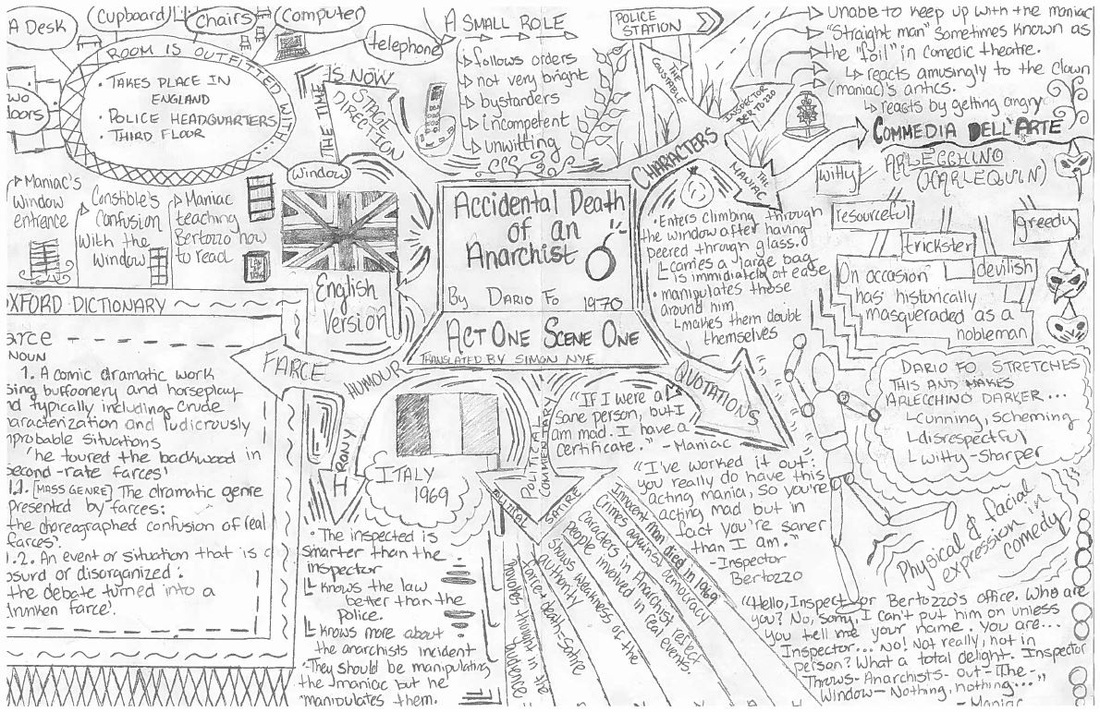
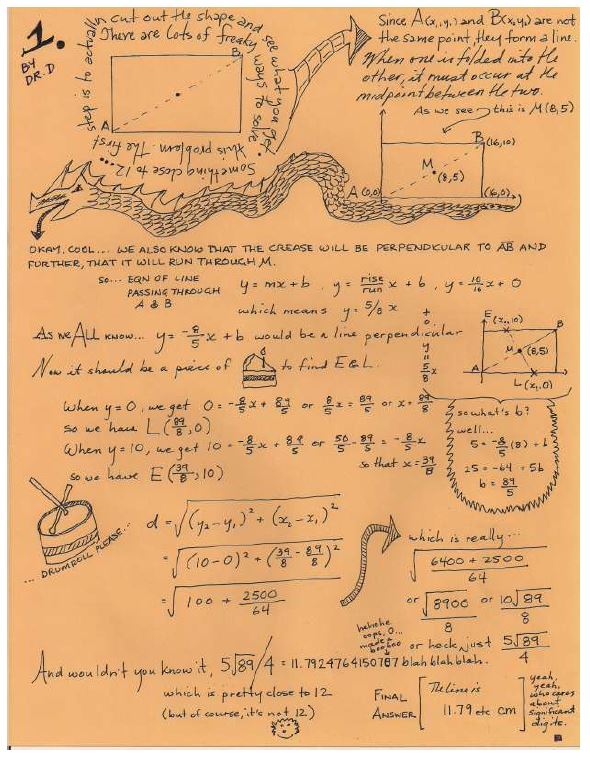
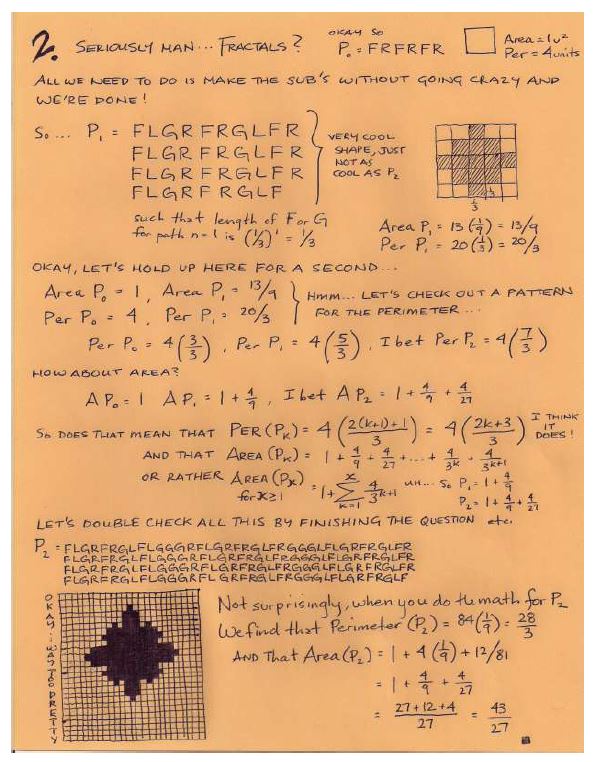
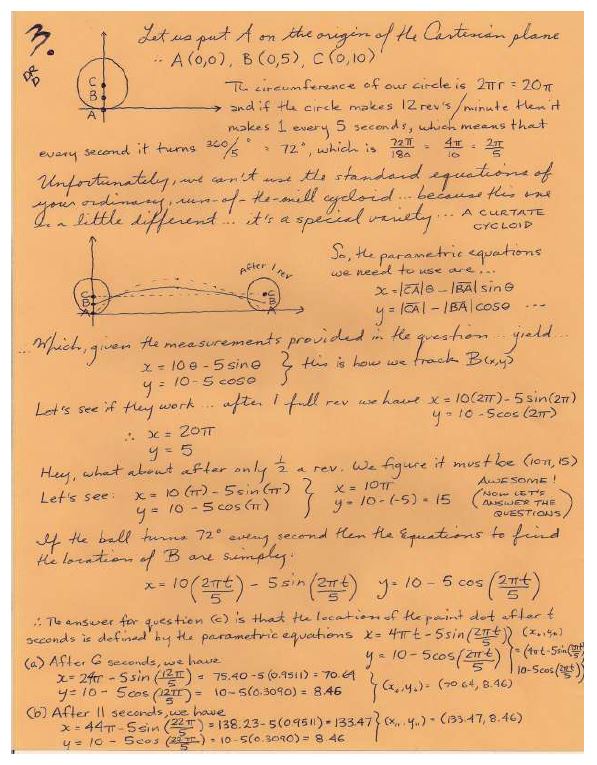
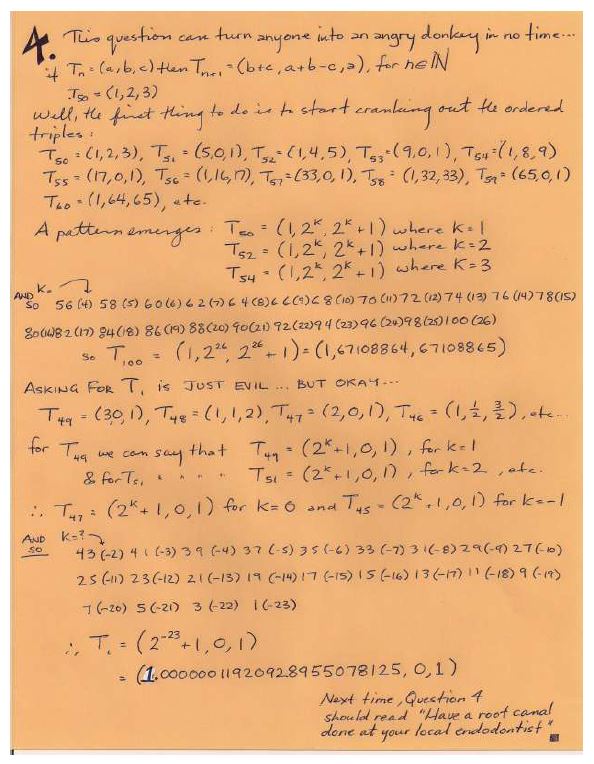

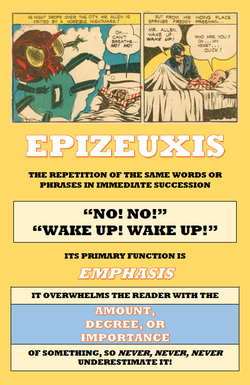
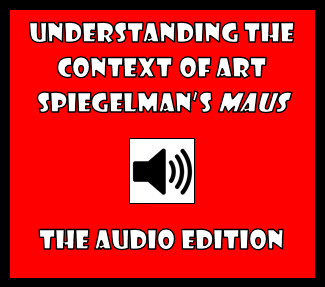
 RSS Feed
RSS Feed
